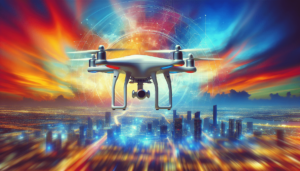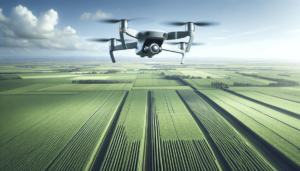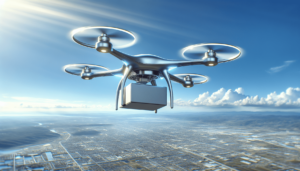What distinguishes aerial photography from its traditional counterpart, and how are drones transforming the landscape of this creative field?
Aerial photography and traditional photography serve as powerful tools in the art of capturing moments, each offering its distinct perspective. While traditional photography has a time-honored place behind countless picture frames and magazine covers, aerial photography offers a bird’s-eye view, often delivering unprecedented visual narratives. With the introduction and rise of drone technology, aerial photography is reaching new heights—both literally and figuratively.
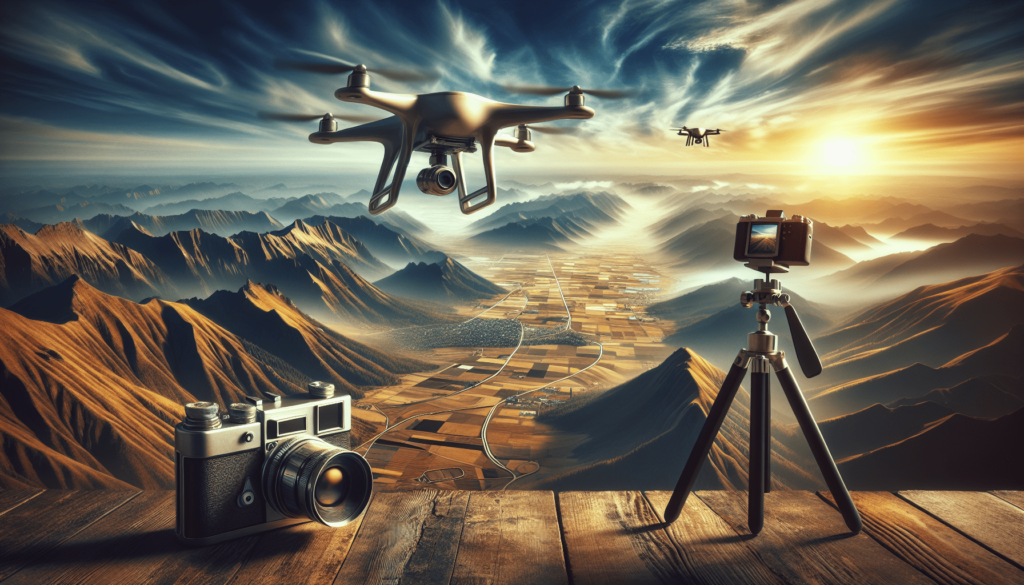
The Evolution of Photography
From Ground to Air: The Journey
Photography, in its infancy, was an exclusive discipline. The advent of film cameras made photography more accessible, while digital photography democratized the art, allowing anyone to capture images with unprecedented ease. Yet, despite these technological advances, traditional photography remained largely confined to ground level—until the innovation of drones.
The Impact of Drone Technology
Drones have arguably revolutionized modern photography by enabling perspectives previously reserved for big budgets and specialized equipment. These devices have made high-angle shots not only possible but practical for amateur and professional photographers alike.
Defining Aerial and Traditional Photography
Aerial Photography: An Overview
Aerial photography, as the name suggests, involves taking photographs from an elevated position. Traditionally, aerial shots were taken from planes, helicopters, or cranes. Today, drones have made aerial photography accessible and vastly more economical.
Traditional Photography Explained
Traditional photography, in its simplest form, involves capturing images from a ground perspective. It embraces a range of styles, from portraits and landscapes to street and documentary photography.
Comparing Techniques: A Table of Distinctions
A well-organized comparison helps highlight the distinct attributes of aerial and traditional photography:
| Feature | Aerial Photography | Traditional Photography |
|---|---|---|
| Equipment Needed | Drones, cameras, stabilization equipment | Cameras, tripods, lenses |
| Perspective | Elevated; birds-eye view | Ground level; human eye perspective |
| Accessibility | Increasingly accessible due to drone technology | Widely accessible and traditional |
| Cost | Variable; drones can be costly but are decreasingly expensive | Generally lower cost barrier |
| Skill Level | Requires understanding of drone operation and regulations | Varies; often requires knowledge of camera settings |
| Applications | Real estate, films, mapping, surveying | Wedding, family, documentary, fashion |
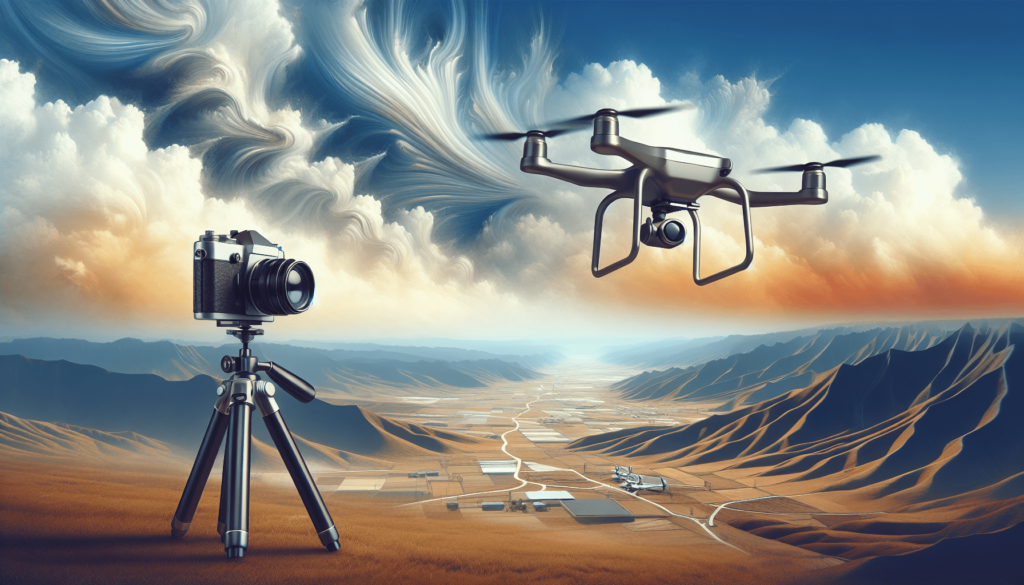
Technological Advancements in Drone Photography
The New Era of Imagery
Drones are equipped with GPS, automated flight controls, and high-resolution cameras, making them adept at capturing complex shots that traditional photographers could only dream of. The innovations continue to evolve, with advancements in artificial intelligence and automation further transforming the landscape.
Enhanced Image Quality
Drone cameras are not only about flying capabilities but also about image quality. High-definition cameras with advanced lenses enable photographers to achieve crisp, detailed aerial images that rival their ground-based counterparts.
Regulatory and Safety Considerations
Navigating the Skies Legally
One cannot speak of drone photography without addressing regulatory concerns. Governing bodies worldwide have established rules to ensure that drones are operated safely. Understanding airspace classifications, required permits, and flight restrictions is crucial for any aspiring aerial photographer.
Safety First
Alongside regulations, safety is a paramount concern. Drones must be operated with an eye toward both safety and legality, including considerations such as maintaining visual contact, avoiding populated areas, and respecting privacy.
Creative Opportunities Offered by Drones
Unique Angles and Creativity
Drones unlock creative potentials that ground-level photography simply cannot match. Sweeping panoramas, shots over water, and dynamic moving images allow photographers to push the boundaries of their creativity.
Real-World Applications
From real estate to wedding photography, drones are used in numerous fields. They offer a practical and often more impactful way to visualize projects, capture events, or create compelling storytelling in visual media.
Challenges Faced by Drone Photographers
Understanding and Overcoming Limitations
While drones present vast opportunities, they come with their challenges. Weather conditions can affect flight and image stability, while battery life limits shoot duration.
Technical Challenges
The operation of drones and maintaining equipment can be challenging, requiring technical know-how and a readiness to address potential malfunctions.
Legal Hurdles
Confronting regulatory challenges and obtaining necessary permissions can delay projects and complicate the planning process.
Bridging the Gap: When Traditional Techniques Meet Aerial Innovation
Combining Techniques for Creative Impact
Integrating traditional and aerial photography can yield a comprehensive visual story. By creatively combining the elements of each style, photographers can enhance both the narrative and aesthetic appeal of their work.
Case Studies of Success
Several photographers expertly merge aerial and traditional photography, which results in rich, engaging images that capture more than a single perspective ever could.
Future Trends in Photography
The Role of Emerging Technologies
With augmented reality and virtual reality on the rise, the world of photography is poised for even more profound changes. These technologies may further bridge the gap between traditional and aerial practices, creating immersive visual experiences.
The Continuing Influence of Aerial Photography
As drones and related technologies evolve, the role of aerial photography will likely expand, influencing various industries, including agriculture, construction, and journalism.
Conclusion: The Exciting Future of Photography
As technology propels us into new dimensions of visual storytelling, both traditional and aerial photography will continue to evolve. Drones have undeniably raised the bar, offering unprecedented possibilities that extend far beyond their original scope. Whether from the ground or the sky, the art of photography remains a dynamic and continually expanding field. How drones continue to shape this artistic medium remains an exciting narrative—a story told in images more than in words.
By understanding the distinct contributions of both aerial and traditional photography, one gains a deeper appreciation for the art and its ever-broadening horizon. Balancing these two perspectives will remain crucial as we venture into the electric future of visual creativity.
